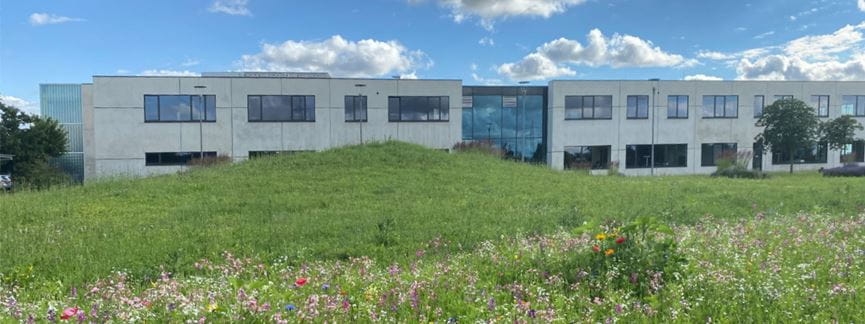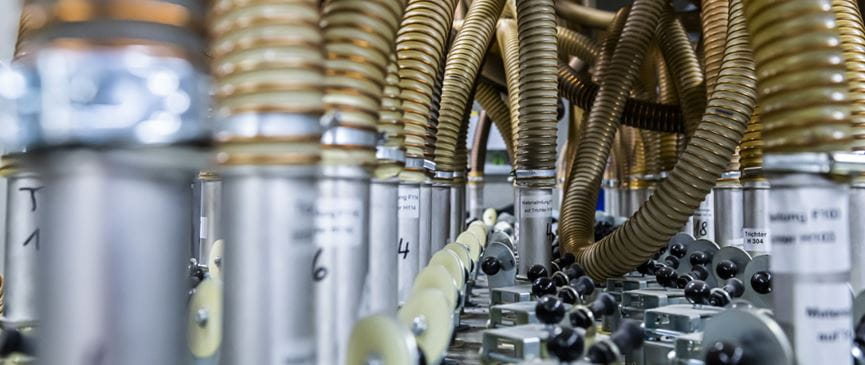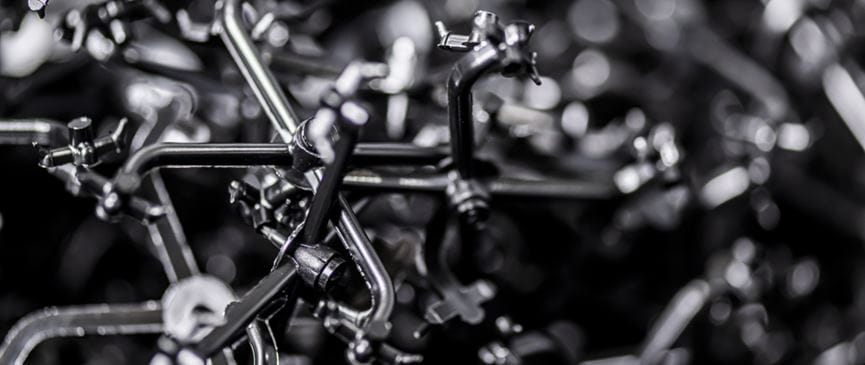
Injection molding is an inherently material-saving and therefore efficient process. With our technical expertise, we minimise material consumption even further by optimally matching the mold concept and injection molding process to the product design, thus reducing the size of sprues, runners and other waste to a minimum.
In addition, resource and material-conserving injection molding has a comparatively good energy balance.
Our materials expertise in selecting and developing the most suitable plastic for the application, including the use of recycled materials, rounds off our range of sustainable solutions.
In this way, we work with our customers to create sustainable injection molded parts that help them reduce the environmental footprint of their application.
We also produce near-net-shape injection molded blanks and offer post-machining to reduce material consumption and costs for high precision components that would otherwise require full machining.
Our injection molded products are used to substitute metals and ceramics in mechanical applications or silicon in semiconductors.
Through insert molding or overmolding, additional functions can be directly integrated or combined with our in-house composites to create ultra-lightweight and high strength. For example, this can save weight and fuel in aircraft.
Complex geometries can be injection molded as a single component. This reduces assembly costs.
By using high-performance plastics, we also increase the service life and reduce the need to replace and dispose of old products.
In tribological applications, our injection molded components play a key role in reducing friction and efficiency losses, extending the range of electric vehicles, for example, or reducing the use of lubricants, thus saving our customers maintenance costs.
Our environmental management system ensures that we use resources carefully, use recyclable materials and produce in an environmentally friendly way.
Our injection molding site in Germany is certified according to ISO 14001. We also comply with the international standard for an occupational health and safety management system ISO 45001 as well as for an energy management system according to ISO 50001.

At all our injection molding sites, we work consistently to minimise the use of energy and resources by promoting environmental awareness, focusing on waste prevention and reduction, managing our production according to energy aspects and using processing methods that conserve resources.
Through investment and the targeted use of energy-efficient technologies in the injection molding process as well as in the production of our own compounds, we are continually reducing our carbon footprint and thus supporting our customers on their way to a more sustainable future.
We are also committed to using the most efficient injection molding machines and the latest technologies in temperature control and process control. We ensure that our material drying operations are continuously optimised to operate with maximum energy efficiency.

At our injection molding sites, we collect sprues, runners and start-up scrap by type. These are crushed and ground in our own processing plant and, depending on the application, re-introduced into the special compounds.
To this end, we have established internal and external material cycles that enable the use and availability of recyclates and regranulates. In addition, we use external sources to obtain recycled materials that do not occur in our own cycle.
Joint processes have been established with customers whereby products are returned in the event for replacement or repair, reprocessed and returned to the injection molding process as recyclate for new products.
Particularly in the case of the high quality polymers we process (such as PEEK), this allows us to give the products a "second life" while optimising costs and the CO2 footprint for our customers.
To find out what other measures Ensinger is taking as a company in the area of sustainability and how plastics can contribute to a sustainable future. Please visit our general sustainability page.